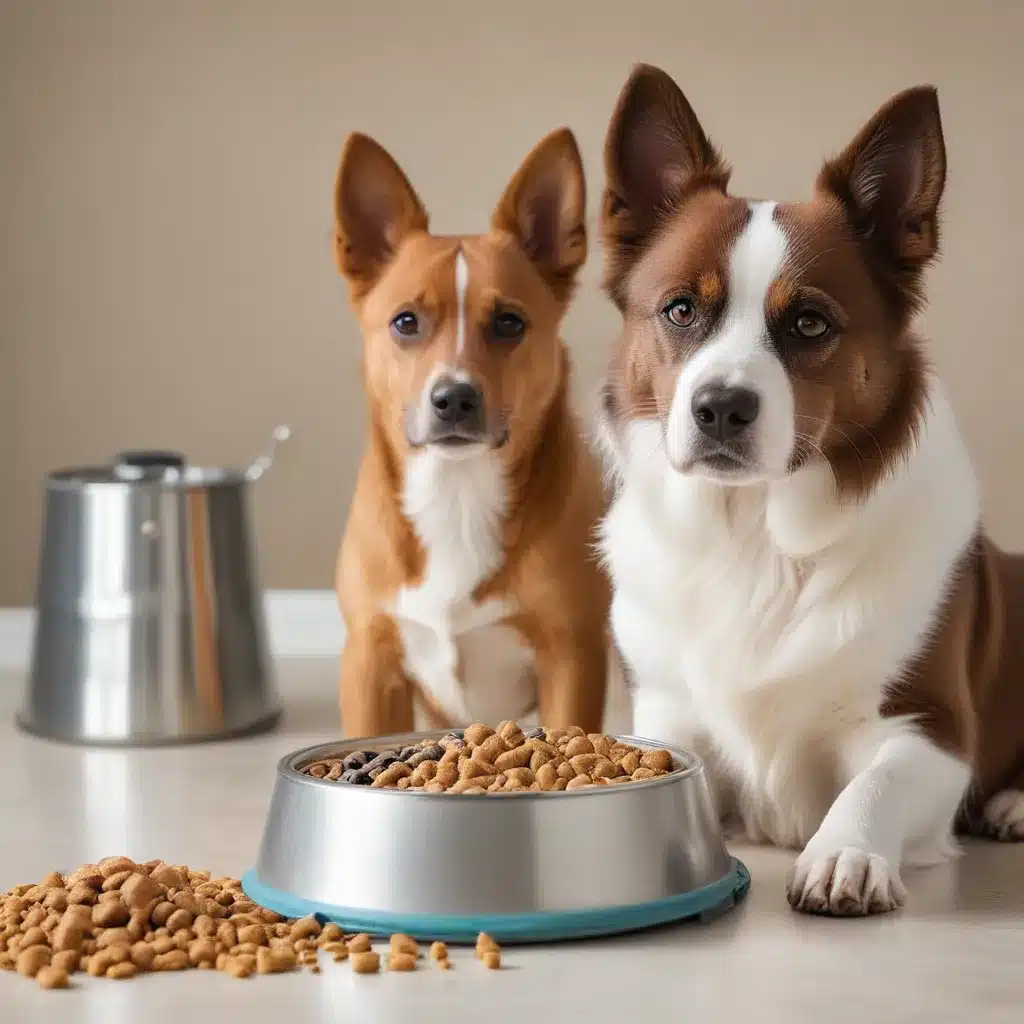
The Overwhelming World of Dog Food
Ah, the daily dilemma of every dog owner – what to feed our beloved pups. In an ideal world, all dog food would be created equal. But instead, we’re faced with an overwhelming array of options, each claiming to be the best. Wading through these choices to find a healthy, affordable, and appealing kibble for our canine companions can often feel like a never-ending battle.
As a proud dog mom myself, I know the struggle all too well. That’s why I’ve done the legwork to compile expert advice and personal experiences to help you navigate the dog food jungle and find the perfect fit for your furry friend. After all, their health and happiness are what matter most.
Decoding Dog Nutrition
Let’s start with the basics – what exactly goes into our pup’s food? Unlike cats, our canine companions are not strict carnivores. While meat makes up the majority of their diet, they can also derive essential nutrients from grains, fruits, and veggies.
A good dog food will contain a balanced blend of these ingredients, with high-quality versions tailored to your pup’s digestive system. As the AKC explains, “These non-meat foods are not simply fillers, but can be a valuable source of essential vitamins, minerals, and fiber.”
Of course, not every dog has the exact same nutritional needs. Factors like age, size, and any special dietary requirements can all play a role. That’s why it’s crucial to find a formula that meets your pup’s unique needs, whether that’s a puppy, adult, or senior formula.
Navigating the Labels
Once you’ve got the nutritional basics down, the next step is deciphering those tricky dog food labels. Believe it or not, there’s a lot more to it than just scanning the ingredient list.
For starters, the product name itself can be quite telling. As the AKC explains, the term “beef” means that beef must make up at least 70% of the entire product. But labels like “beef dinner,” “beef entrée,” or “beef platter” only require 10% beef.
The ingredient list can be just as confusing, with manufacturers sometimes splitting up ingredients to make the distribution seem more equal. And don’t even get me started on the various forms of meat – whole meats, meat meals, and beyond.
Luckily, there’s one surefire way to spot a quality dog food: look for the Association of American Feed Control Officials (AAFCO) statement. This seal of approval ensures the food is “complete and balanced” for your pup’s nutritional needs.
Breed-Specific Considerations
Of course, not all dogs are created equal – and their dietary needs can vary quite a bit depending on their breed. For example, large breed puppies require a delicate balance of nutrients to support their growing bones and joints, while small breeds may need smaller kibble to prevent choking.
That’s why it’s so important to do your research on your pup’s specific breed and consult with your veterinarian. They’ll be able to provide personalized guidance on the best food for your furry friend’s unique needs.
Transitioning to a New Diet
Even once you’ve found the perfect dog food, the journey doesn’t end there. Transitioning your pup to a new diet requires a gentle approach to avoid any digestive upset.
The general recommendation is to gradually introduce the new food over the course of 7-10 days, starting with a 25% new food to 75% old food ratio. Then, slowly increase the new food while decreasing the old until you’ve made the full switch.
And don’t forget to pay attention to your pup’s reactions along the way. If you notice any changes in their stool, appetite, or energy levels, it might be time to consult your vet.
Prioritizing Freshness
One final tip for keeping your pup’s food at its best – pay attention to that expiration date! As WebMD recommends, it’s best to store the food in the original bag and place it in an airtight container. This helps maintain the nutritional value and keep out any unwanted pests.
And for those of us with furry vacuum cleaners for dogs, be sure to measure out portions carefully. Overeating can lead to all sorts of health issues down the line.
The Healthy Kibble Hunt Continues
Phew, navigating the dog food world can certainly be a daunting task. But with a little diligence, a dash of research, and the guidance of your vet, you can find the perfect kibble to keep your pup happy and healthy.
And if you’re ever feeling stuck, don’t hesitate to reach out to the experts at I Have Dogs – we’re always here to lend a paw (or a few kibble recommendations)!

